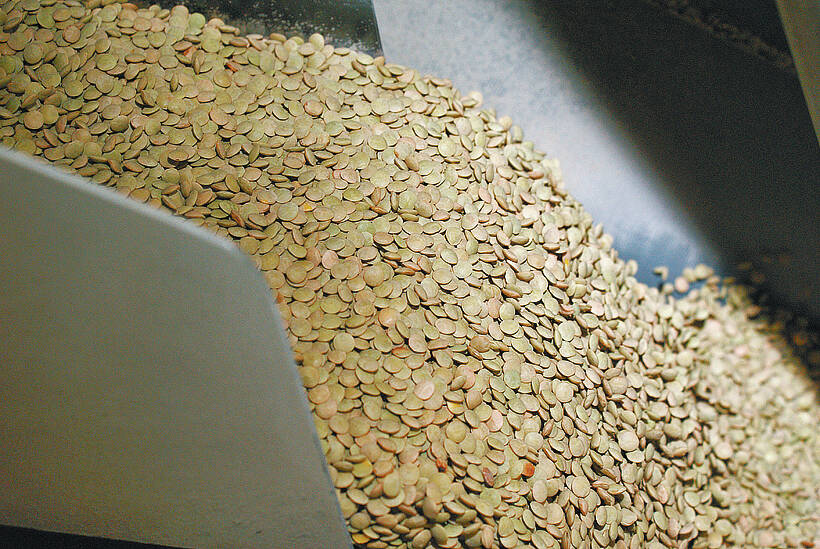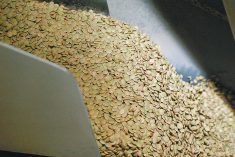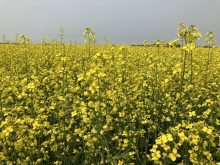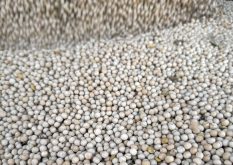Good conditions in Russia and Ukraine.
Bad conditions in France.
Improving conditions in Germany. Drought in southern China.
Late seeding in Canada and the U.S. great plains.
Drought in the U.S. hard red winter wheat zone.
That’s a lot of different situations for buyers, sellers and users to balance as they try to get a sense of the crop in the northern hemisphere.
“The market’s trying to sort some of this stuff out,” said Bruce Burnett, the Canadian Wheat Board’s manager of weather and market analysis.
Read Also

Green lentil market oversupplied
Farmers in Western Canada can expect price pressure on their new crop of green lentils, as the available supplies among the world’s major lentil-growing nations increase significantly.
“We obviously have some problems in the northern hemisphere.”
However, Burnett and other analysts say almost none of the crop problems are yet critical and some are lessening.
As well, the likely size of the world wheat, corn and soybean crops is just a wild guess right now.
DTN agricultural meteorologist Bryce Anderson said in a June 2 presentation that markets are twitchy because of the large range of conditions.
“This is a real tense time, obviously, in the markets and a lot of it has to do with the way the weather has been acting,” said Anderson.
“The circumstances have improved in some production areas.”
La Nina has been a big story for the past year. It was a major cause of problems in 2010-11 such as drought in the U.S. hard red winter wheat zone and heavy snowstorms on the northern plains of the United States and Canada.
However, that phenomenon is disappearing fast, Anderson said, and more normal conditions should return to many parts of the northern hemisphere.
Yet problems left behind by La Nina could still bedevil crops: wet, cold soil and prevented seeding in Western Canada and the Dakotas; delayed seeding in the U.S. corn belt and troubled conditions in France and Germany.
Crucial seeding dates are rapidly approaching or have passed, which means the amount of acreage actually seeded in reasonable time will be the critical factor. That won’t be known for a couple of weeks.
Markets have moved up and down on these various factors.
“Overall, the supplies of wheat are coming down from earlier expectations,” said Burnett.
“If it turns out that we get this crop that’s smaller than consumption, how much do we bite into that? Do we reduce stocks so that it becomes a major concern for the remainder of this year and into next year, or is it just one, two or three million tonnes and not really changing the big numbers all that much?”
Winter crops, such as those in Western Europe and central China, are being affected at a crucial time in their development. However, Burnett said spring seeded crops have much further to go and can’t be as easily assessed.
“The spring crops, they’re just planting them (in Russia),” he said.















